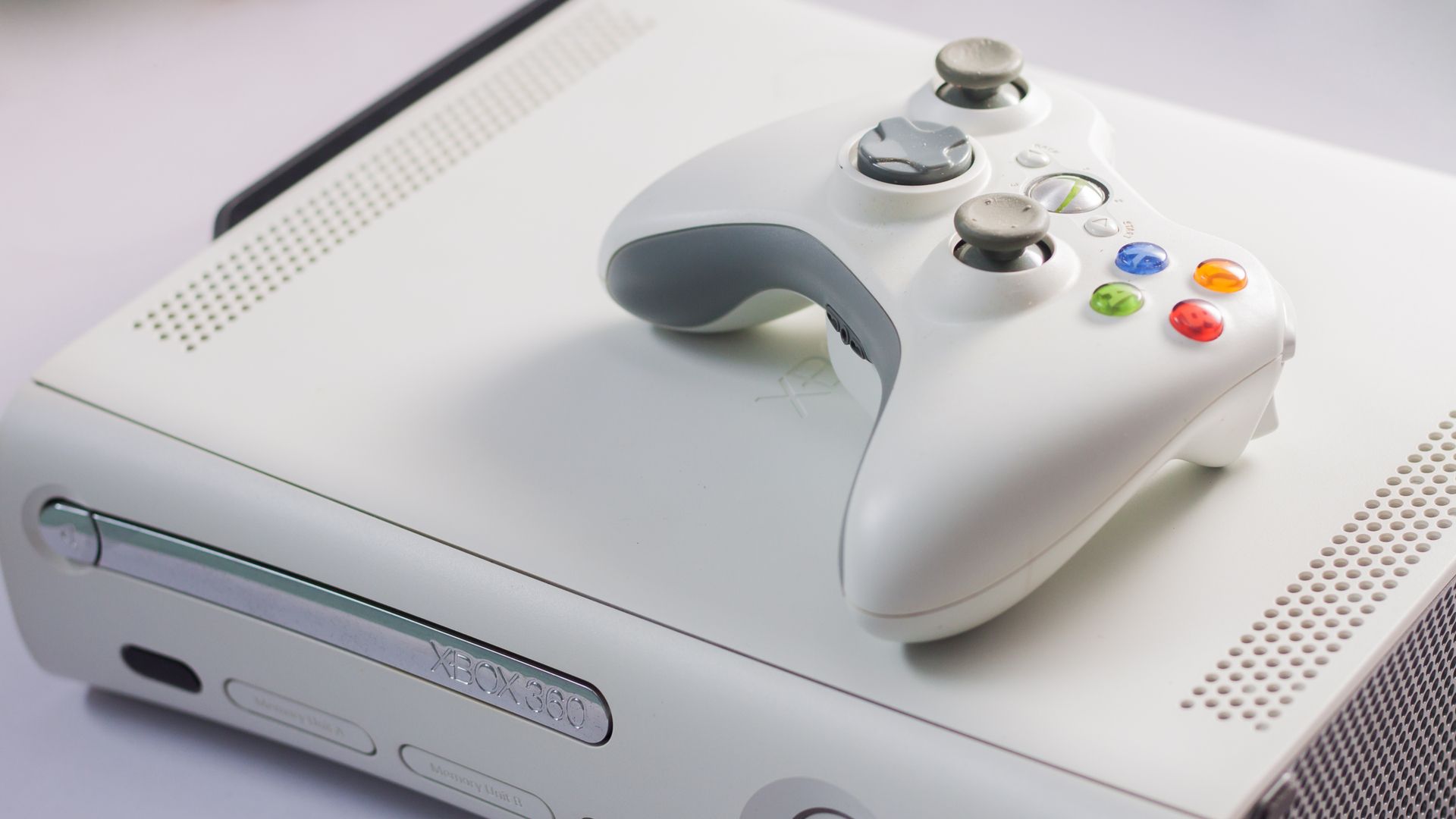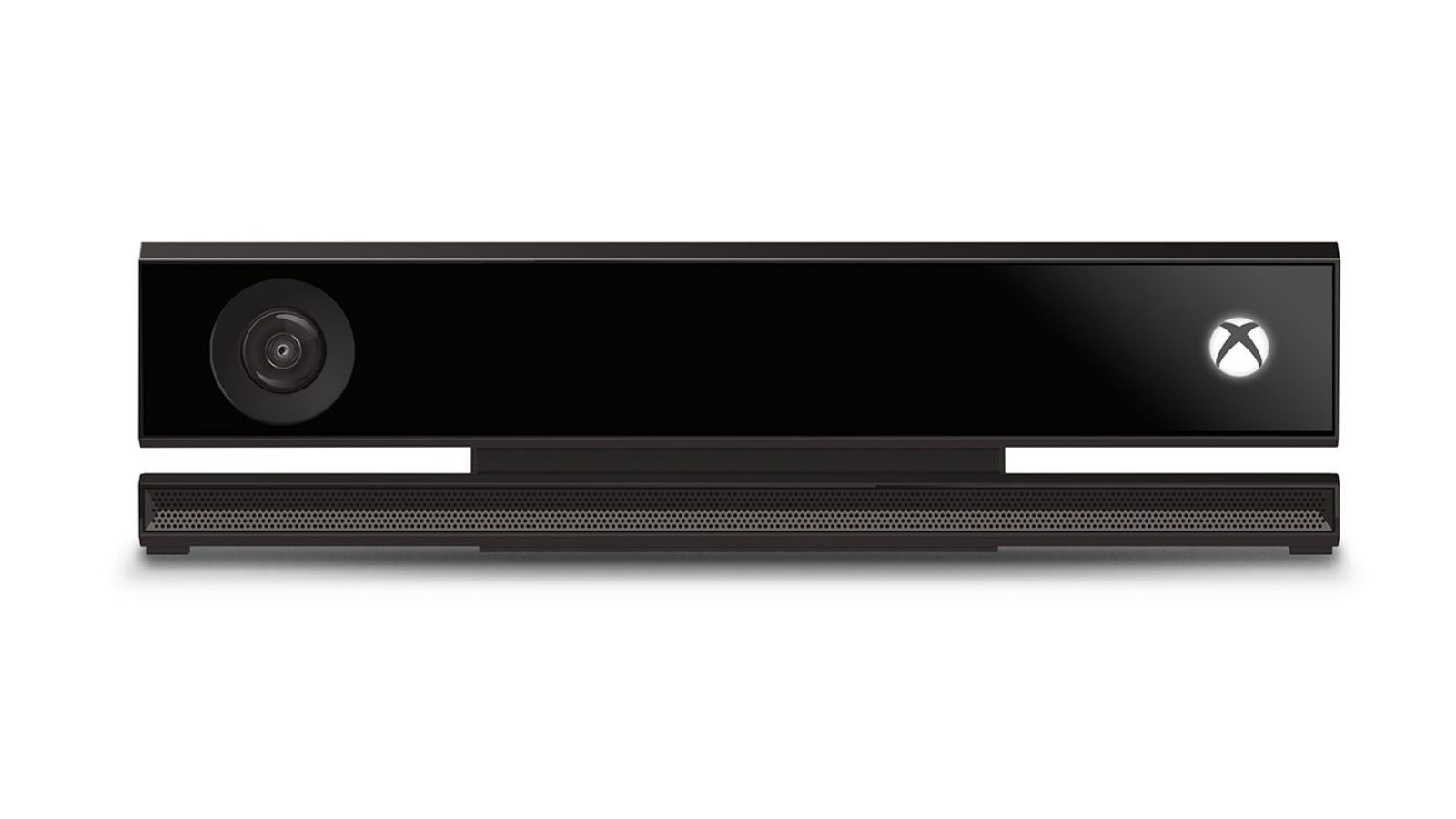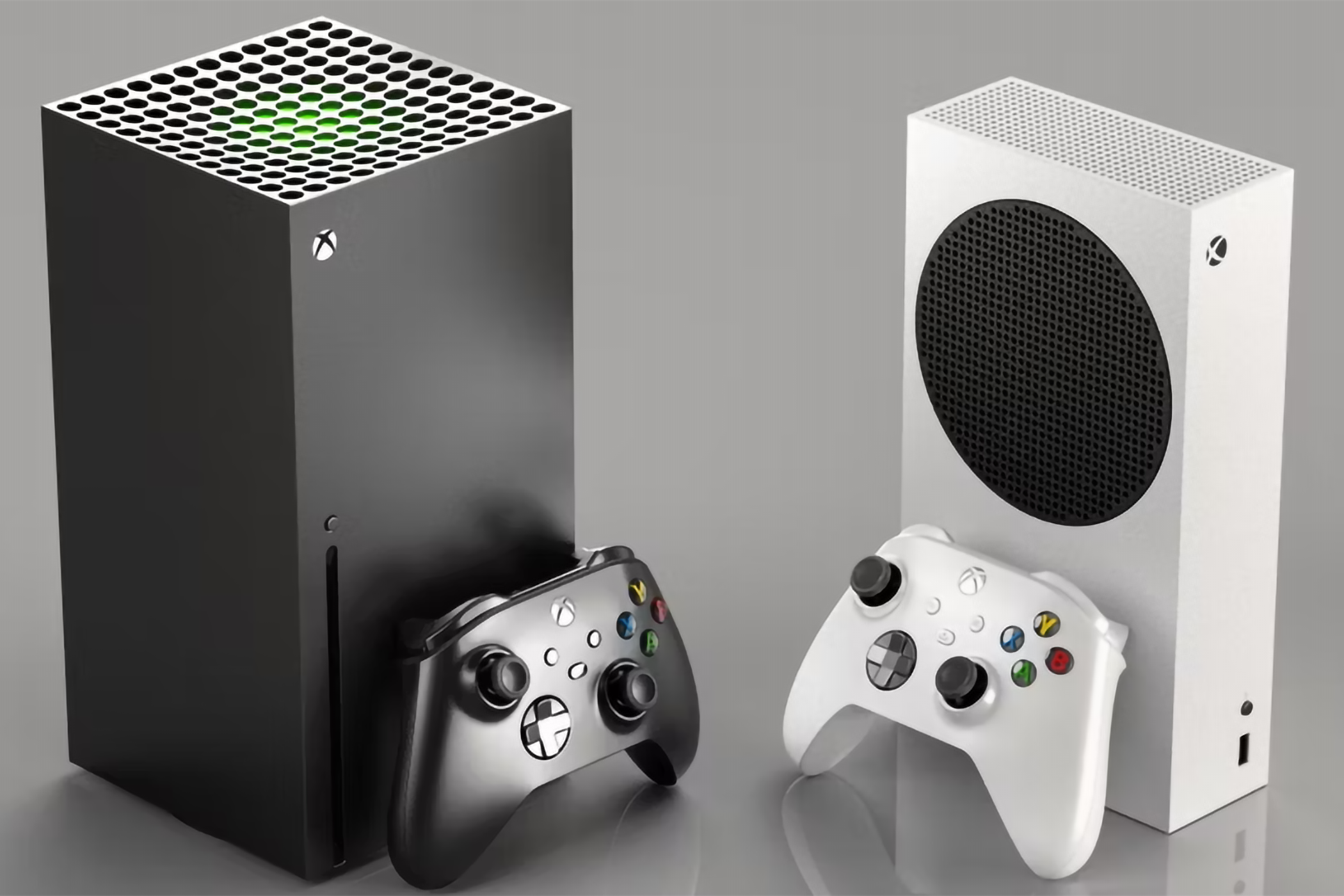Key Takeaways
- The Xbox 360 shot to success thanks to Xbox Live and popular games like
Halo
, boosting Microsoft’s profile in Europe and the US. - Xbox One’s failed focus on multimedia, Kinect, and a poorly received game-sharing plan resulted in Sony’s PS4 emerging as the dominant platform.
- The Series X|S built on the success of Game Pass, backwards compatibility, and Microsoft exclusives but has failed to see the success of Microsoft’s rivals, which means the next Xbox is likely to look very different from the last.
By some estimates, the PS5 is outselling both Xbox Series consoles by more than four times to one. Microsoft is now adopting a multi-platform strategy and bringing games to Sony’s platform. So what went wrong, and what happens next?
How the Xbox 360 Won the West
It was unthinkable that Microsoft could eventually find itself in last place during the Xbox 360’s heyday in the late 2000s. When titles like Halo 3 and Gears of War dominated, Xbox rose to prominence as a household name not only in its home market of the US but in Europe and around the world (except for Japan). Over console’s lifetime Microsoft managed to shift 84 million units.
But success didn’t come easy for Microsoft. The company’s debut console, the Xbox (derived from the concept of a “DirectX Box” in reference to Windows’ graphics APIs), barely managed a quarter of that sales volume. Compared to the PlayStation 2, which shipped over 100 million units, the Xbox was a failure. It was also an important first step.
Having flirted with success thanks to the introduction of Xbox Live in November 2002, a year after the Xbox launch, the company moved forward with a console that put Xbox Live at the center of the experience. By the time Halo 3 came out in November 2007, 8 million people were playing online and sending each other obscene messages via Xbox Live.
While PC gamers of the time were familiar with the idea of online multiplayer, Xbox Live was transformational for anyone who preferred a controller over a keyboard and mouse. It picked up where SEGA’s ill-fated Dreamcast left off, at a time when always-on broadband internet was being rolled out worldwide.
Xbox Live made it easy to add friends, meet people, and play games with them. It handled game updates so that you didn’t have to patch things manually. It made matchmaking easy; join a lobby and play. Voice chat, achievements, and the success of downloadable Xbox Live Arcade games quickly built momentum behind the brand. Microsoft was even able to charge for the service, a move that Sony eventually adopted.
The Xbox 360 was such a success that not even the “Red Ring of Death” debacle that plagued so many consoles could topple Microsoft’s crown. When it was discovered that consoles were dying due to a dodgy thermal management system, the company offered repairs and still managed to shift more 360s.
Along with several revisions that made the Xbox 360 smaller and more resilient, Microsoft set its sights on a new milestone: the Kinect. A sensor and camera array that was designed to treat your whole body as a controller, the Kinect didn’t capture Microsoft’s core audience as the company had hoped. Fortunately, Xbox still had plenty to offer fans of online shooters, open-world adventures, RPGs, and driving games.
When the dust settled at the end of the generation, Microsoft had taken the fight to Sony and come out on top. Sony may have sold a comparable number of consoles, but as the PS3 stumbled the Xbox 360 marched forward. Sony’s console had its issues, but Microsoft’s success was largely down to Microsoft’s strategy.
Unfortunately, this wouldn’t last.
The Xbox One Gambled Everything on the Living Room (and Lost)
The Xbox One was an unmitigated disaster for Microsoft. So much went wrong in such a short time that Sony’s brand-new PlayStation 4 was easily able to establish itself as the dominant platform shortly after release.
Microsoft positioned the Xbox One as a multimedia device through which owners were expected to watch television and movies. There was an HDMI input for connecting a cable box. The console’s unveil focused on this functionality first and video games second. This didn’t go well.
On top of this, every Xbox One was sold with a Kinect sensor. Initially, this was to be connected at all times, but Microsoft quickly backtracked and removed the requirement. Given the Kinect’s lukewarm reception among Xbox 360 users, its inclusion with the Xbox One didn’t help sweeten the deal at the console’s $499 launch point.
Microsoft also had a bold plan for how game libraries would work on the Xbox One. The initial plan was to bind all games, including retail titles, to a user’s account. These games could be shared with up to 10 other people, and accessed from any Xbox without using the disc. Games could be transferred once per title if publishers allowed, and the console would need to connect to the internet once every 24 hours to check that licenses were still current.
Gamers and the gaming press didn’t react well. Many saw this as a big step in the wrong direction, with Microsoft effectively curbing the consumer’s right to sell, share, and deal in used games. Sony seized the opportunity to demonstrate how games were to be shared on the PS4 console, by handing a game disc to a friend.
Microsoft backtracked on this decision, but it was too late. The shambolic launch led to then-president of Microsoft’s Interactive Entertainment Business, Don Mattrick, leaving the company on 1 July 2013. Xbox lost its leadership less than two months after the reveal and more than four months before the November launch.
There were other problems too. Compared with the PlayStation 4, the Xbox One was an underpowered machine. The custom 8-core AMD Jaguar APU was lacklustre compared to Sony’s machine. Microsoft tried to rescue the Xbox One by dropping the Kinect and releasing a redesigned One X model in 2017, but the damage was done.
This isn’t to say that Microsoft was devoid of good ideas during this time. The Xbox One saw the introduction of a backward compatibility program, making nearly 200 Xbox 360 titles playable. Microsoft also introduced its wildly successful Game Pass subscription service in 2017.
Correcting Course With the Series X|S
After proving that it could still design great hardware with the One X, Microsoft moved ahead with a two-pronged approach for the next generation. The flagship Xbox Series X has best-in-class thermals and a modern monolithic aesthetic. While even the redesigned slim PS5 looks bloated, the Series X’s unapologetic fan-with-console design stands out.
The Series S is Microsoft’s budget-friendly, all-digital console that takes a lot of inspiration from the One S. It targets 1440p and 1080p rather than 4K experience, but it seems to have been a success for Microsoft with IGN reporting in September 2023 that 75% of current-gen Xbox owners bought the cheaper machine, rather than the Series X.
Microsoft went all-in on Game Pass, continued its work on backward compatibility, and introduced features like Auto-HDR and FPS Boost to improve older titles. When the Series consoles launched in November 2020, availability issues as a result of the looming global semiconductor shortage made it hard to get a console. This was a problem shared by Sony as the Japanese giant launched two models of PS5 at the same time.
Despite Microsoft’s best efforts and the Xbox Series X being, on paper, the more capable console, the PlayStation 5 pulled into the lead. The writing was on the wall when the Xbox Series consoles were eventually easy to find and the PS5 was out of stock for months. The damage done during the Xbox One era continues to haunt Microsoft, crystallizing it as a crucial moment in console history.
But a console is nothing without games. Sony’s rolling successes over the years with behemoths like The Last of Us, God of War, and Spider-Man put it in a great position at the start of the generation. Upstarts like Ghost of Tsushima, the Horizon series, and the occasional multiplayer smash hit like Helldivers II back up an impressive catalog.
Microsoft has overseen some excellent exclusives like Hi-Fi Rush, Pentiment and Hellblade: Senua’s Sacrifice but these don’t feel like tentpole releases. It’s no secret that franchises like Halo aren’t what they used to be, and it’s been so long since Gears of War felt relevant that it’s questionable whether the next generation of gamers is going to be all that bothered when it finally arrives.
The Xbox is home to some of the best games of the generation, with Forza, Flight Sim, and Starfield all worthy of your time, but the needle doesn’t seem to have shifted. Releasing home-grown titles like Sea of Thieves on the PlayStation 5 and Nintendo Switch is one way that Xbox is trying to recoup development costs at a time when making a game costs more money than ever.
It’s concerning to see some developers shy away from the Xbox as a release platform, even when Sony isn’t involved in exclusivity deals. The highest profile example is Baldur’s Gate 3 being delayed partly by Series S complications. It’s easy to see how smaller studios with limited time and budgets could prioritize platforms like PS5 and Switch first, then work on the Xbox port later.
The Future of Xbox
The good news is that Xbox still has a future. Microsoft held a business update in early 2024 to assure fans that it is working on the next generation of Xbox hardware, and it reiterated that message at its June 2024 showcase. There will be another Xbox, but what that hardware looks like remains to be seen.
CEO of Microsoft Gaming, Phil Spencer, has set the internet alight with rumors with his choice of words. He has made comments about third-party stores potentially coming to Xbox and his current love of portable gaming has sparked rumors of an Xbox Handheld. This paints a radically different future for Xbox going forward.
The next Xbox may be an Xbox in name only. Microsoft dominates gaming on the PC, and leveraging this position to create a living room-friendly PC with the simplicity of a home console could be the logical next step.
Microsoft could even one-up Sony by making it possible to install a storefront like Steam, paving the way for Sony’s PC releases to be playable on an Xbox.
Modern consoles already have a lot in common with gaming PCs. A more open Xbox would allow owners to install almost anything they like, from game mods to emulators. Valve has taken a similar approach with its Linux-powered Steam Deck which runs a controller-friendly UI on top of a regular old Linux desktop.
The Xbox could become an evolving platform like the iPhone, where the hardware sees more frequent but less drastic upgrades. Microsoft would likely keep manufacturing these devices itself, or third-party OEMs like Asus could step in and create hardware to meet Microsoft’s specification under some sort of “Xbox certified” type program.
By doing this, Xbox can offer something meaningfully different to the competition. Nintendo has its corner of video gaming sewn up, while Sony dominates in the traditional home console market. A platform that bridges the gap between Microsoft’s PC and console markets could reignite the Xbox brand, with a bonus portable unit to play your Game Pass games on the go.
Whatever happens, it’s hard to see a future for the Xbox where the next piece of hardware isn’t radically different from what came before it.
Microsoft Still Dominates Gaming
Times are tough in the gaming industry, with layoffs and studio closures making for grim headlines. For Microsoft, the halcyon days of the Xbox 360 are long gone. It’s time to shift strategy and try something else to compete with the might of Sony and balance the books.
But the game is far from over yet. For Microsoft, it might be time to fully realize the initial Xbox pitch from all those years ago: a “DirectX Box” that runs Windows and offers the flexibility of a PC.








![Hands-on with Sider for iOS, providing AI assistance, anytime & anywhere [Video]](https://techtelegraph.co.uk/wp-content/uploads/2024/06/Sider-iOS-app-featured-image-218x150.jpg)